What is hydrogen bonding?
The attraction between the relatively positive areas of one molecule and the relatively negative areas of another molecule.
The repulsion between the positive and negative charges of two molecules.
The attraction between two nonpolar molecules.
The attraction between two ionic molecules.
Correct Answer : A
Hydrogen bonding is an interaction involving a hydrogen atom located between a pair of other atoms having a high affinity for electrons.
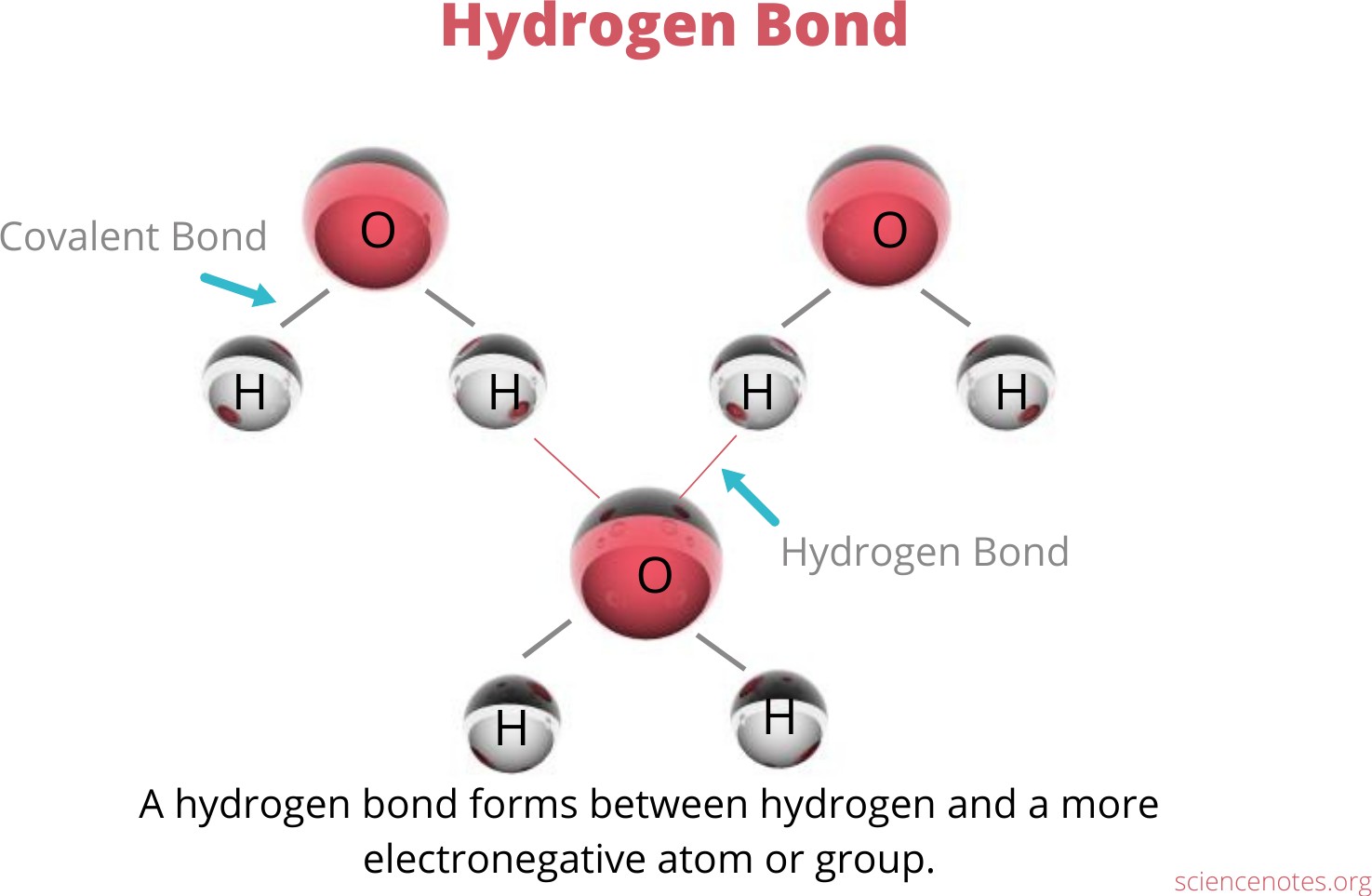 |
One atom of the pair (the donor), generally a fluorine, nitrogen, or oxygen atom, is covalently bonded to a hydrogen atom, whose electrons it shares unequally; its high electron affinity causes the hydrogen to take on a slight positive charge.
The other atom of the pair (the acceptor), also typically F, N, or O, has an unshared electron pair, which gives it a slight negative charge.
Mainly through electrostatic attraction, the donor atom effectively shares its hydrogen with the acceptor atom, forming a bond.
Choice B) The repulsion between the positive and negative charges of two molecules is incorrect because hydrogen bonding involves attraction, not repulsion.
Choice C) The attraction between two nonpolar molecules is incorrect because hydrogen bonding involves polar molecules.
Choice D) The attraction between two ionic molecules is incorrect because hydrogen bonding involves polar molecules and not ionic molecules.
TEAS 7 Exam Quiz Bank
HESI A2 Exam Quiz Bank
Find More Questions 📚
Teas 7 Questions: We got the latest updated TEAS 7 questions
100% Money Refund: 100% money back guarantee if you take our full
assessment pass with 80% and fail the actual exam.
Live Tutoring: Fully customized live tutoring lessons.
Guaranteed A Grade: All students who use our services pass with 90%
guarantee.
Related Questions
Correct Answer is B
Explanation
The correct answer is choice B.
Maintaining normal body temperature and blood pressure.
Early identification and management of potential organ donors must take into consideration specific pathophysiologic changes for medical optimization 1.
The VIPPS (ventilation, infusion and pumping, pharmacological treatment, and specificities) strategy is a mnemonic method that brings together key aspects of the restoration of oxygen delivery to tissues during hemodynamic instability plus organ optimization strategies.
Choice A is incorrect because administering antibiotics to prevent infection is not the most important intervention to preserve organ viability.
Choice C is incorrect because providing emotional support to family members, while important, is not an intervention that directly affects organ viability.
Choice D is incorrect because applying eye drops and ointment to prevent corneal drying is not the most important intervention to preserve organ viability.
Correct Answer is B
Explanation
Fertilization.
Fertilization is the process by which male and female gametes fuse to form a zygote.
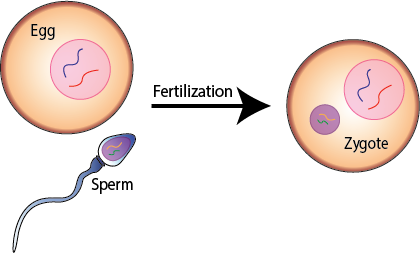 |
Oogenesis (choice A) is the process by which female gametes, or eggs, are produced.
Meiosis (choice C) is a type of cell division that results in the formation of gametes.
Mitosis (choice D) is a type of cell division that results in the formation of two identical daughter cells.
Correct Answer is B
Explanation
The correct answer is choice B.
To amplify specific regions of DNA.
PCR (polymerase chain reaction) is a laboratory technique used to make many copies of a specific region of DNA.
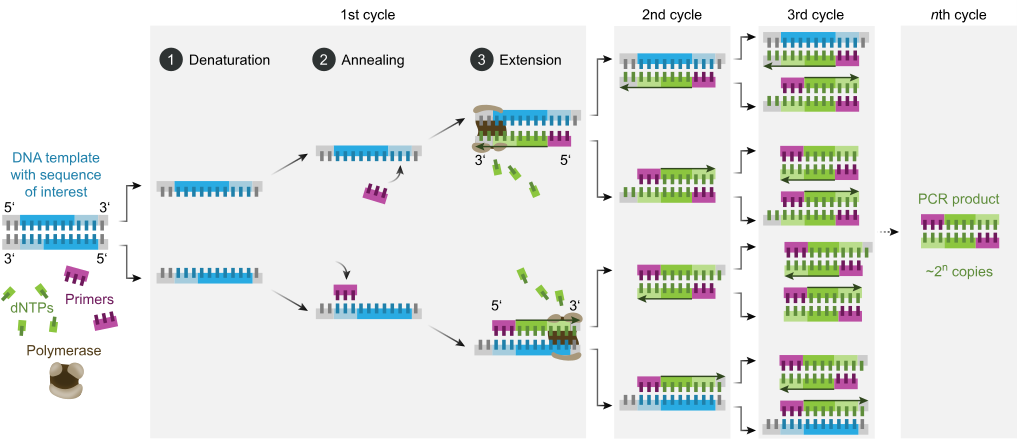 |
The goal of PCR is to make enough of the target DNA region that it can be analyzed or used in some other way.
PCR has many research and practical applications, including DNA cloning, medical diagnostics, and forensic analysis of DNA.
Choice A is incorrect because PCR does not separate DNA fragments by size. Choice C is incorrect because PCR does not sequence DNA fragments.
Choice D is incorrect because PCR does not analyze protein expression levels.
Correct Answer is A
Explanation
Protons contribute to the positive charge of an atom.
Protons are subatomic particles with a positive charge found in the nucleus of an atom.
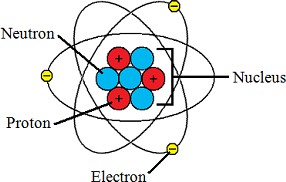 |
Choice B is incorrect because neutrons are neutral and do not have a charge. Choice C is incorrect because electrons have a negative charge.
Choice D is incorrect because nucleons refer to both protons and neutrons, but only protons contribute to the positive charge of an atom.
Correct Answer is C
Explanation
Inflammatory cytokines released during the early response to bacterial infection play a crucial role in initiating cell recruitment and local inflammation 1.
They induce the expression of adhesion molecules in endothelial cells and promote the recruitment of neutrophils to the site of inflammation 1.
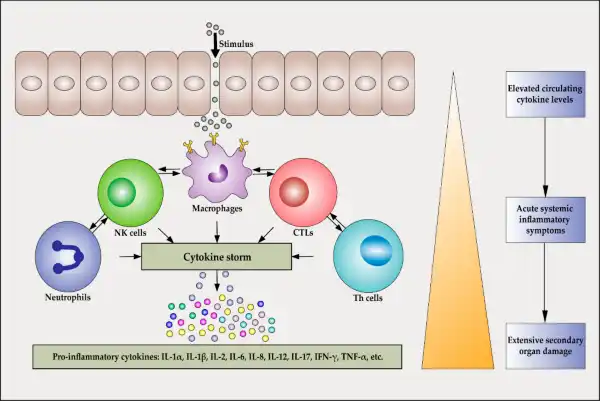
Choice A is incorrect because while inflammatory cytokines may enhance phagocytosis, they do not directly disrupt the infection.
Choice B is incorrect because inflammatory cytokines do not directly attack invading pathogens.
Choice D is incorrect because inflammatory cytokines do not secrete antibodies to neutralize pathogens.
Correct Answer is A
Explanation
Hydrogen bonding is an interaction involving a hydrogen atom located between a pair of other atoms having a high affinity for electrons.
 |
One atom of the pair (the donor), generally a fluorine, nitrogen, or oxygen atom, is covalently bonded to a hydrogen atom, whose electrons it shares unequally; its high electron affinity causes the hydrogen to take on a slight positive charge.
The other atom of the pair (the acceptor), also typically F, N, or O, has an unshared electron pair, which gives it a slight negative charge.
Mainly through electrostatic attraction, the donor atom effectively shares its hydrogen with the acceptor atom, forming a bond.
Choice B) The repulsion between the positive and negative charges of two molecules is incorrect because hydrogen bonding involves attraction, not repulsion.
Choice C) The attraction between two nonpolar molecules is incorrect because hydrogen bonding involves polar molecules.
Choice D) The attraction between two ionic molecules is incorrect because hydrogen bonding involves polar molecules and not ionic molecules.
Correct Answer is A
Explanation
The neuromuscular junction is a type of synapse where neuronal signals from the brain or spinal cord interact with skeletal muscle fibers, causing them to contract.
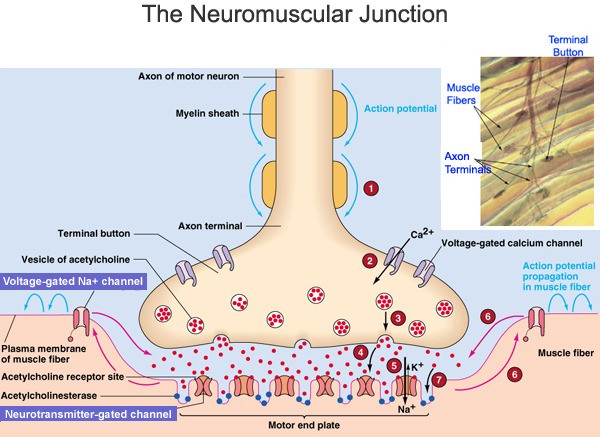
The activation of many muscle fibers together causes muscles to contract, which in turn can produce movement.
Choice B is incorrect because binding acetylcholine to nAChRs is a process that occurs at the neuromuscular junction, but it is not the function of the neuromuscular junction itself.
Choice C is incorrect because depolarizing the muscle cell membrane is a result of the function of the neuromuscular junction, but it is not the function itself.
Choice D is incorrect because activating voltage-gated sodium channels on the muscle membrane is a result of the function of the neuromuscular junction, but it is not the function itself.
Correct Answer is A
Explanation
The normal flora refers to the microbial community that colonizes on the skin and mucus membrane .
Normal flora can be found in many sites of the human body including the skin, respiratory tract, urinary tract, and the digestive tract.
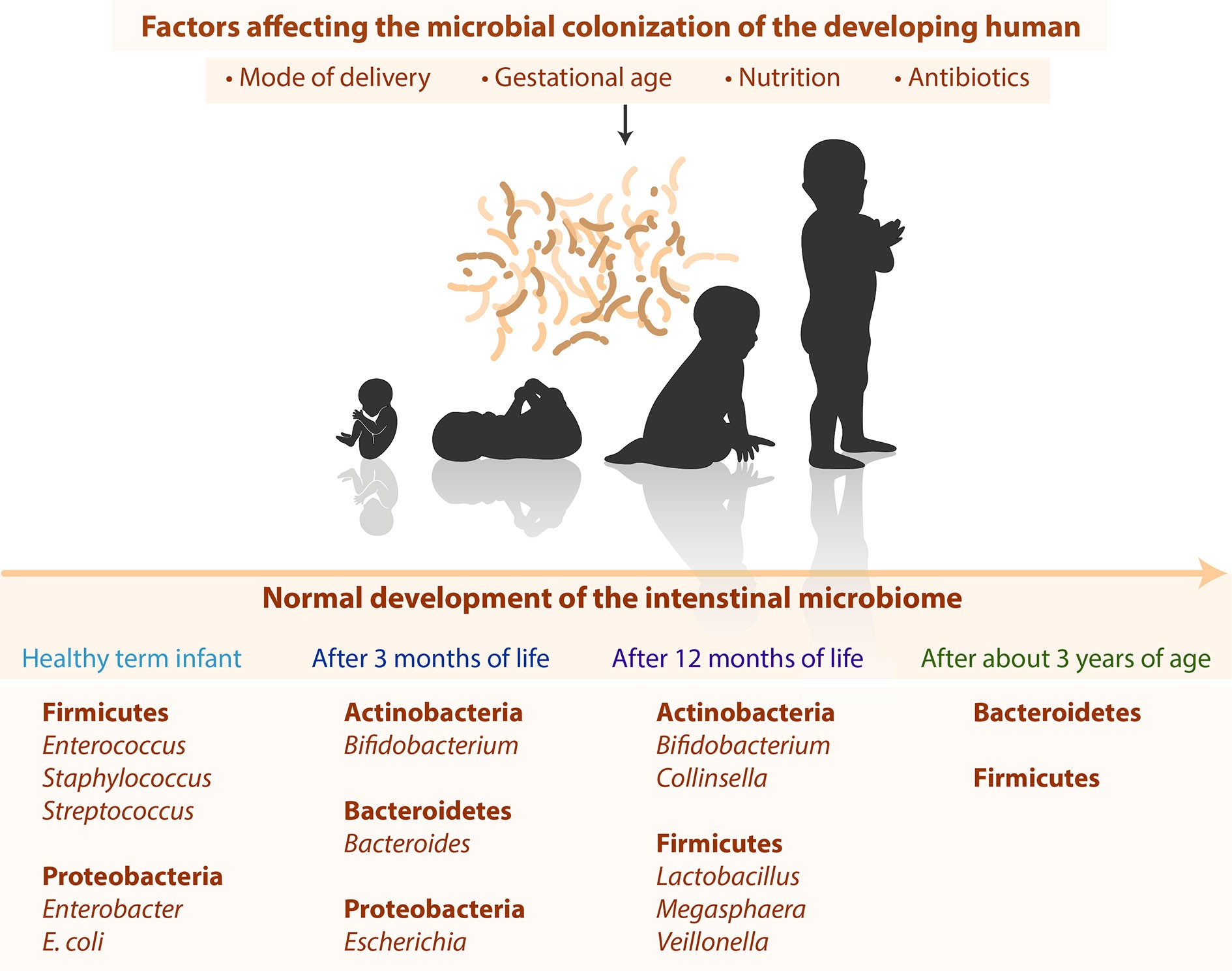
Choice B is incorrect because normal flora does not refer to a group of infectious parasites that cause diarrheal diseases .
Choice C is incorrect because normal flora does not refer to the genetic material of bacteria housed within a true nucleus .
Choice D is incorrect because normal flora does not refer to the protein coat surrounding the viral genome .
Correct Answer is C
Explanation
Immunologic memory is the hallmark of adaptive immunity.
Immunologic memory enables the host to mount a more rapid and efficient immune response upon subsequent exposure to the antigen.
Choice A is incorrect because rapid recruitment of immune cells to sites of infection and inflammation is a characteristic of innate immunity.
Choice B is incorrect because antigen-independent defense mechanisms are characteristic of innate immunity.
Choice D is incorrect because non-specific host-defense mechanisms are characteristic of innate immunity.
Correct Answer is A
Explanation
The correct answer is choice A.
The superior vena cava is the largest vein in the human body that returns deoxygenated blood from the upper half of the body to the right atrium of the heart.
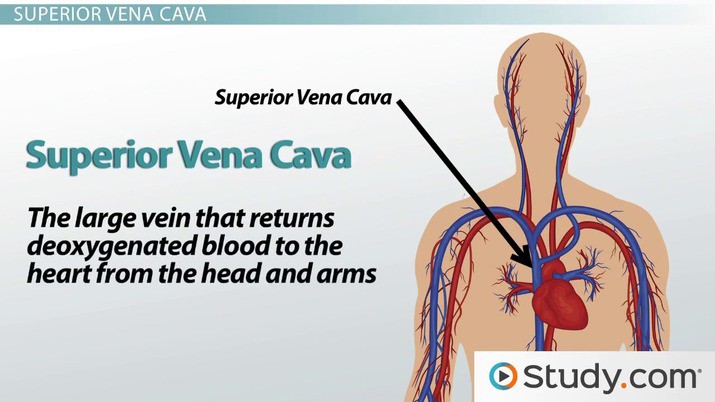
Choice B is incorrect because the inferior vena cava returns deoxygenated blood from the lower half of the body to the right atrium of the heart.
Choice C is incorrect because the pulmonary vein carries oxygenated blood from the lungs to the left atrium of the heart.
Choice D is incorrect because the renal vein carries deoxygenated blood from the kidneys to the inferior vena cava.
This question was extracted from the actual TEAS Exam. Ace your TEAS exam with the actual TEAS 7 questions, Start your journey with us today
Visit Naxlex, the Most Trusted TEAS TEST Platform With Guaranteed Pass of 90%.
Money back guarantee if you use our service and fail the actual exam. Option of personalised live tutor on your area of weakness.
